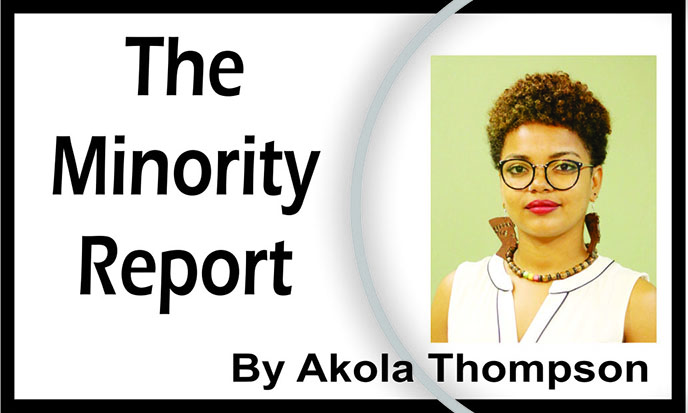Culture can be a beautiful thing. It brings along with it a host of beliefs, celebrations and expansive spiritual customs. Amidst all the good though, there are cultural traditions that have remained with us despite the negative impact they have had on certain sections of our population, primarily women and girls. While cultural traditions are important, too often, they are used as a convenient excuse with which to allow, that which should not be allowed. This is because we largely remain tethered to a way of thinking that has long been proven to be immensely dangerous. Amongst these negative practices that get branded as being an integral part of our local traditions is that of child marriages.
Child marriages are very common in Guyana, with the majority of its victims being young girls hailing from rural and Indigenous communities. A blind eye continues to be turned on them as the beliefs that maintain them are based on a culture of misogyny, which dictates that the lives of young girls are only valuable if they can be traded for resources or serve as a faithful wife, while keeping shame from the family name (which might be gained from interest in the opposite or same sex.)
So ingrained is this belief that child marriage is part of our culture that it is allowable in our law. While Guyana’s 1990 Marriage Act states 18 as the minimum age to be married, if a girl is pregnant or has a child, she can get married at 16. In our Sexual Offences Act (SOA), there are allowances for a girl to be married even younger if there is parental consent. Guyana’s legal age of consent for sexual activity was changed from 13 to 16 years old in 2005. The proposed age was 18, but this was argued against because of…culture. One of the opposing sides argued that increasing the age would criminalize young persons who might have just turned 18 and are involved with someone who is close in age.
The inclusion of the Romeo clause within the SOA however, which makes provisions for those who are close in age, really makes one think about the larger motivations for the arguments against higher ages for consent and marriage. Even with the adjustments to the Act that were passed, many young girls are steadily having their futures taken away through forced marriages as they often lack the power to make decisions about their future.
Thinking about the culture argument surrounding child brides, I am reminded of former Minister of Social Protection, Volda Lawrence, who in response to UNICEF’s State of the World’s Children 2016 report which found that six percent of children in Guyana were married by the age of 15, while 23 percent were married by the age of 18, stated that Guyana does not have child marriages due to our “cultural differences.” She cited the SOA and the marriage act that make provisions for sexual and marriage consent to occur under 18, as evidence of the marriages being legal. But legal does not mean something is right. Our history and law books are chock-full of examples of things that were/are legal, but which have no place in a society aiming to progress.
Given that many child marriages are not officially registered, this has contributed towards the perception that there has been a significant reduction in its occurrence. The rates however, have remained consistent and in the last 20 years, Latin America and the Caribbean are the only areas in which the rates of child marriages have not declined. The continued allowance of child marriages is a stain on the fight for gender equality within the country as young girls are forced to leave school and are steadily abused within these unions. With many of these young girls also tending to be from poor families, they become trapped in cycles of poverty, as they are unable to negotiate things such as sex and contraceptives, resulting in many pregnancies that further contribute to intergenerational poverty. Additionally, with bodies that have not yet fully matured and as such, are not ready for childbirth, many young girls die annually from pregnancies. More needs to be done to protect young girls from the impacts of being married so young. A first step is cohesively aligning the various acts to provide more legal protections, but this primarily needs to be bolstered by wider public education about the harms of child marriages and addressing the inequalities that promote their occurrence in the first place.






